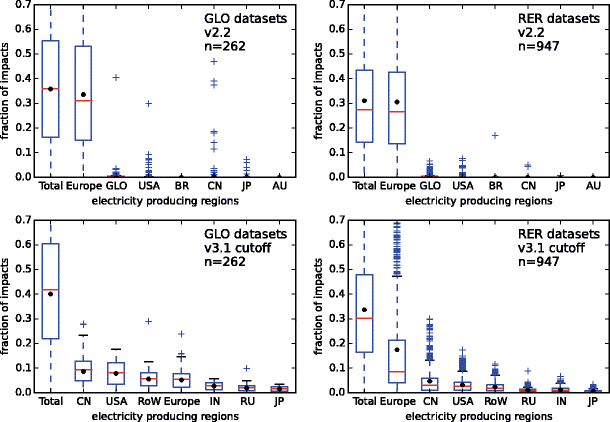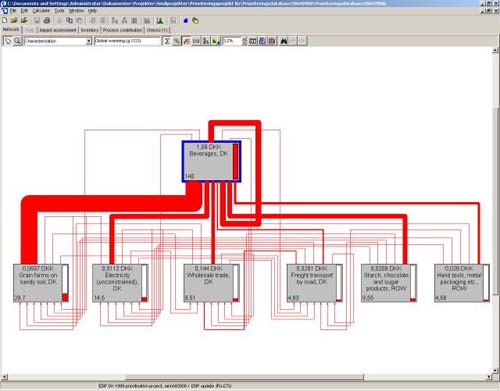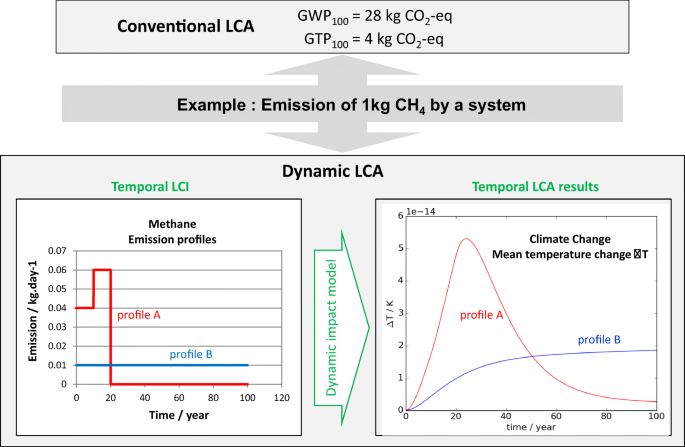
This provides the quantity of a flow, for example, mass. This includes information such as the name of the flow, its CAS number, classification, flow property, etc. Each flow dataset corresponds to an elementary substance, product or waste flow. It also includes documentation and optionally the impact assessment results for a specific method. This includes the input and output flows for a system or unit process.

The dataset types of the ILCD format are: It is an XML-based format with eight available dataset types for the elements in the database. ILCD consists of several documents and tools to help LCA practitioners develop of software-independent LCA models and databases. Others are available on repositories of the ILCD network, called nodes, and can be converted for use within SimaPro. Some of them are already in the SimaPro Libraries, such as industry data and the ELCD. In addition, several databases have been converted from SimaPro to ILCD or vice versa.

#OPENLCA CUTOFF AND CUTOOF LCI DATABASE SOFTWARE#
New conversion tools, correspondence tables and data management tools have all been developed to convert datasets from native LCA software formats such as ecospold, SimaPro and openLCA.

During this phase, several software providers worked together to test and develop tools for the exchange of information in ILCD format. PEF developments and new databasesĪlthough the ILCD format has been around since 2005, ILCD has recently received a big impulse because this data format was used as part of the remodelling phase of the PEF initiative. To facilitate the exchange of environmental information and create a common basis for consistent, robust and quality-assured life cycle data, the European Commission – under the European Platform on Life Cycle Assessment – developed the International Life Cycle Data System (ILCD). On top of this, there are more than six data formats currently used for LCA, which tends to limit the exchange of databases and models to people using the same software tools. This leads to differences in consistency, reliability and comparability of the results of an assessment.
#OPENLCA CUTOFF AND CUTOOF LCI DATABASE ISO#
Although the ISO 144 framework is a solid basis for LCA, it leaves experts, practitioners and data developers with many choices that can be interpreted in different ways. LCA practitioners face many challenges when sharing life cycle inventories (LCI) and models.


 0 kommentar(er)
0 kommentar(er)
